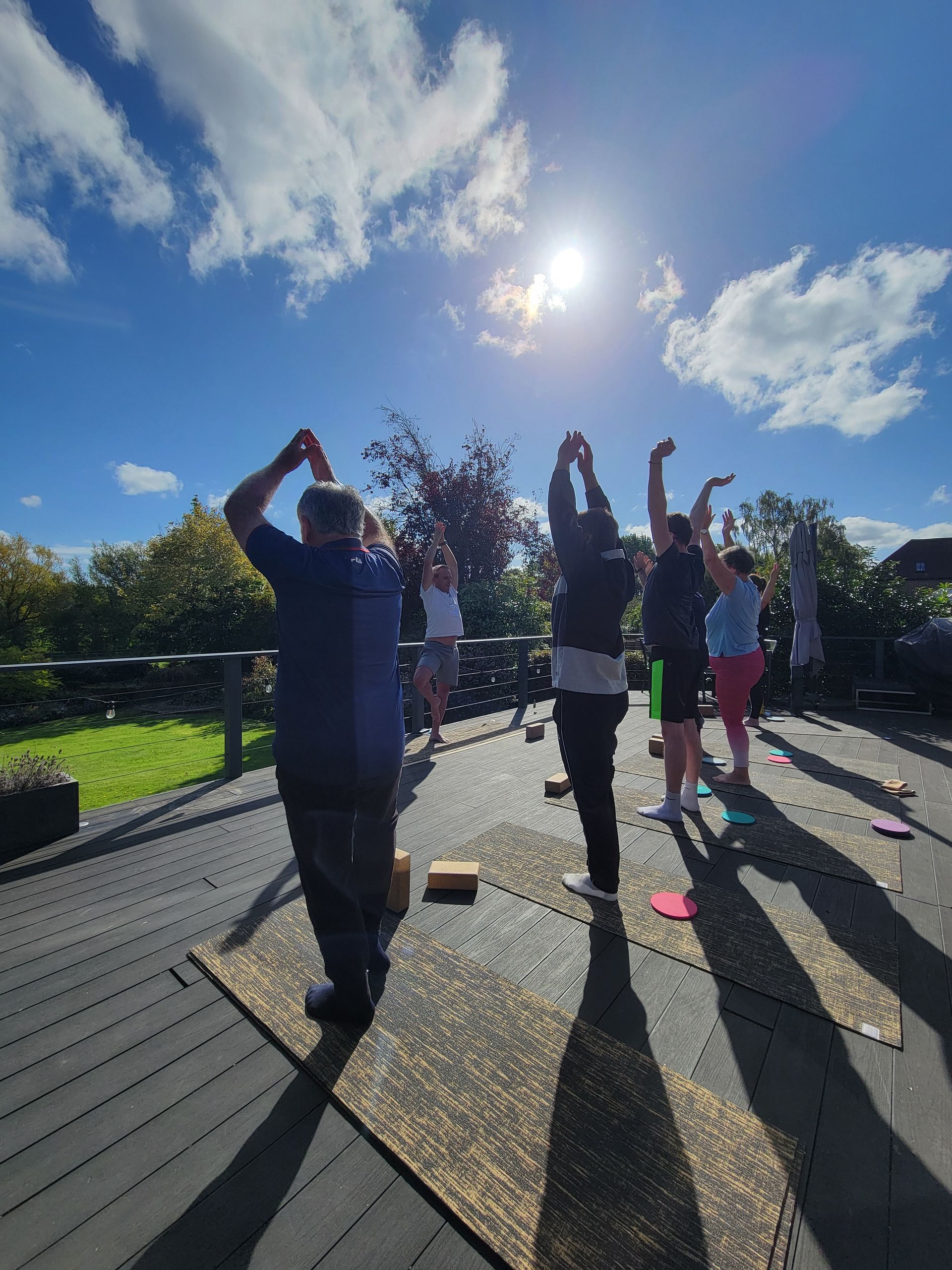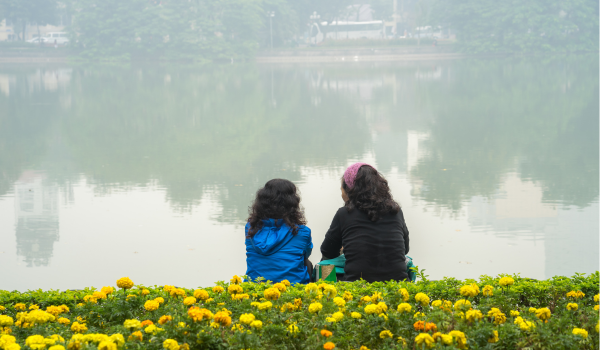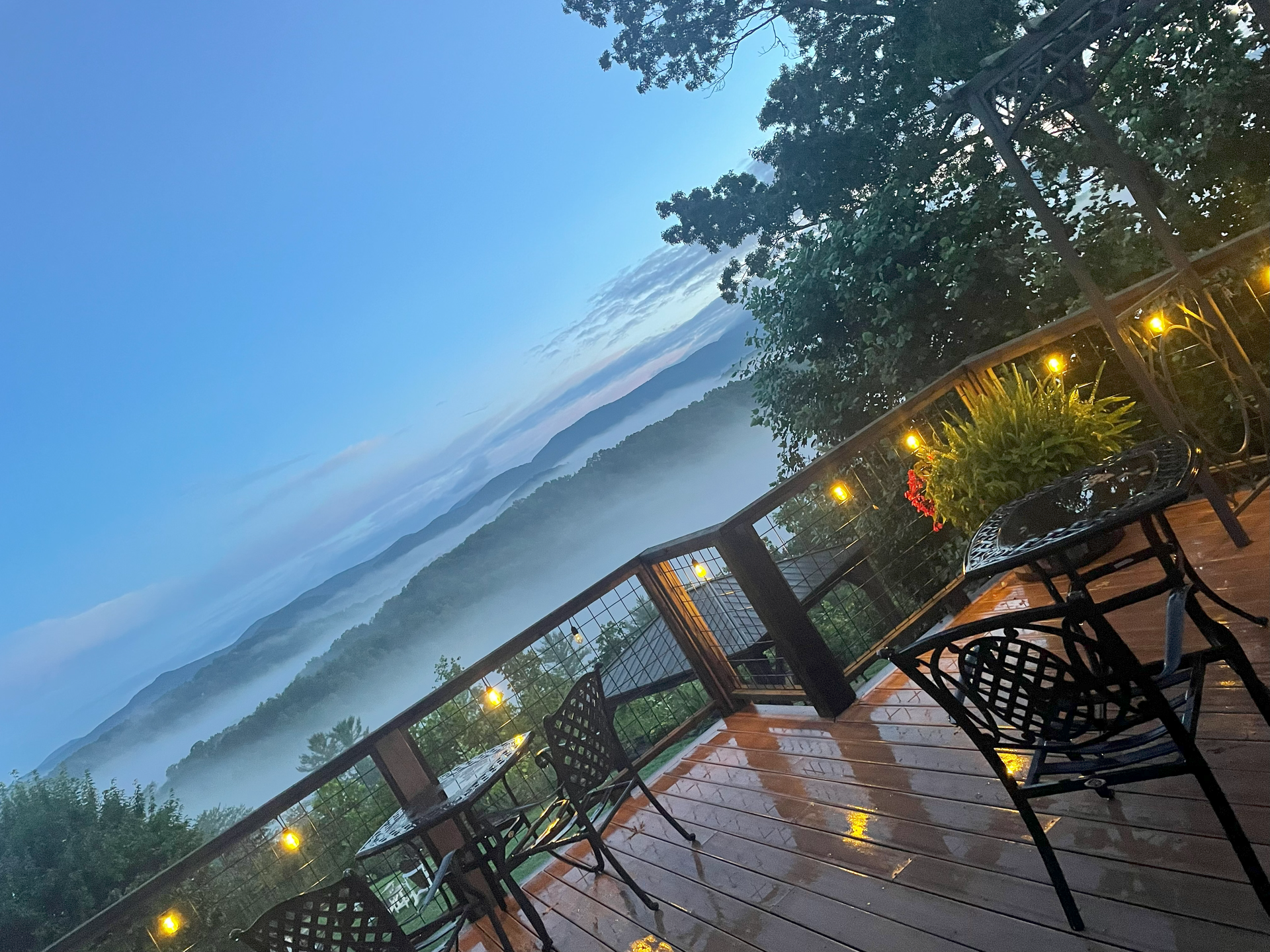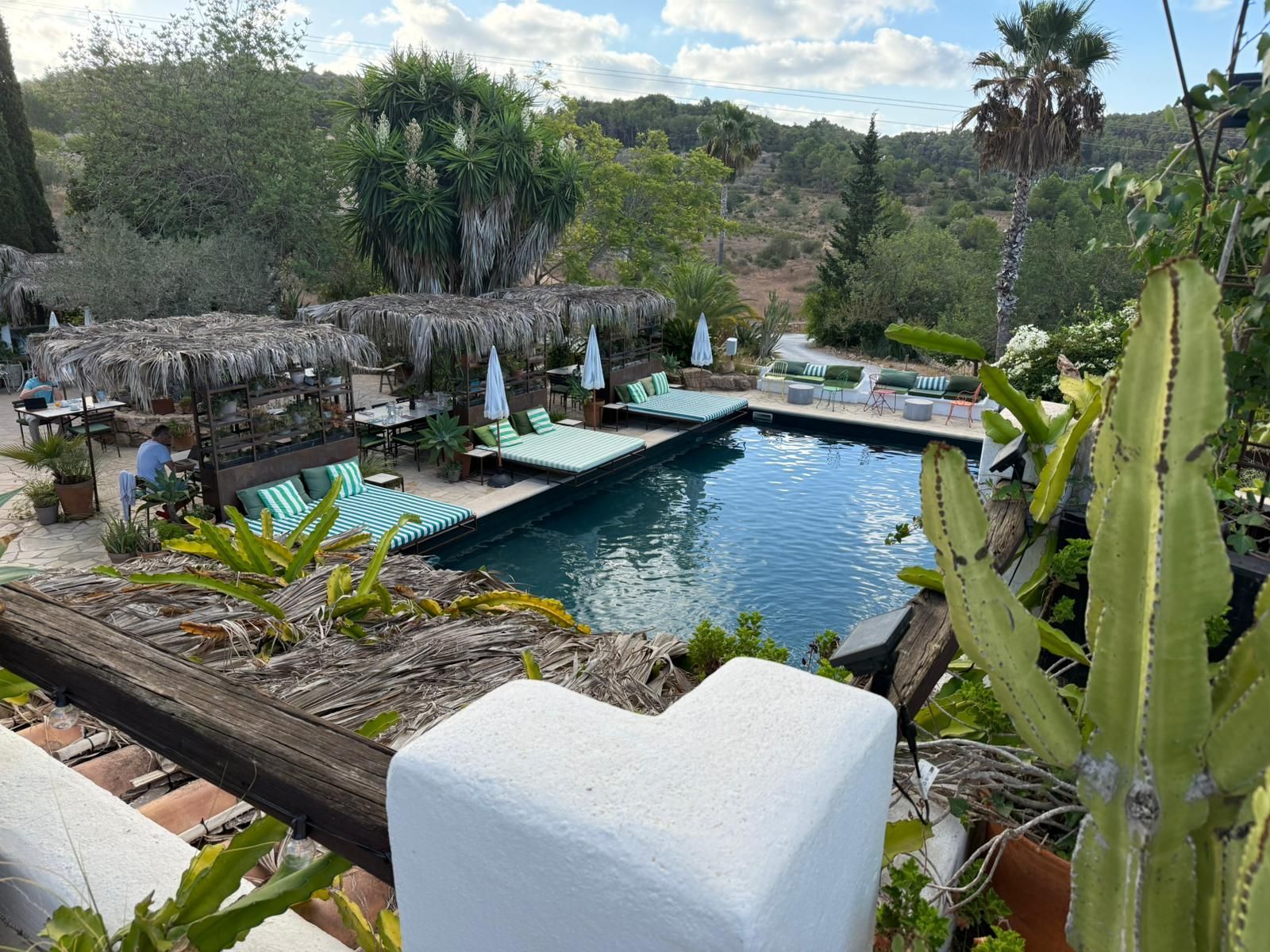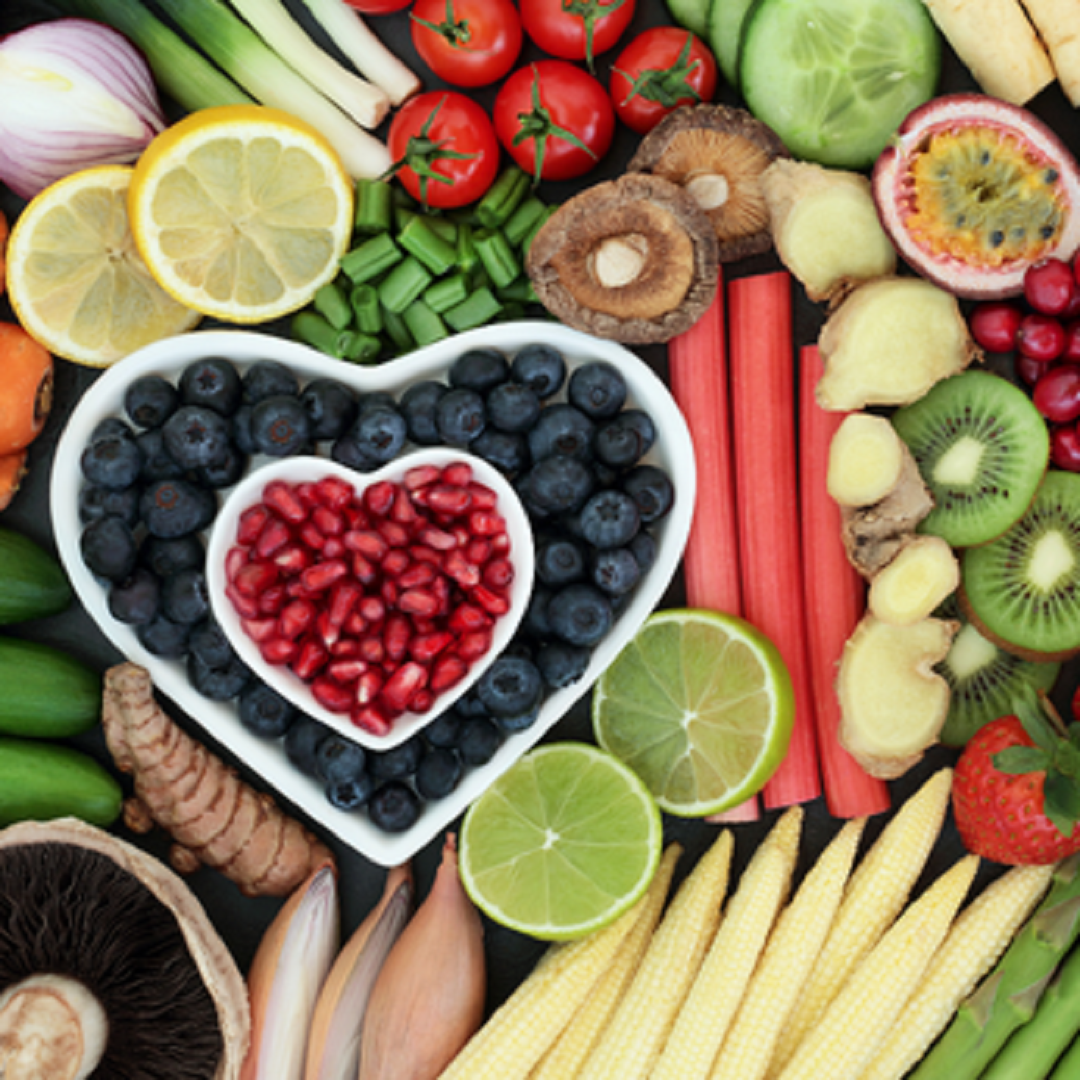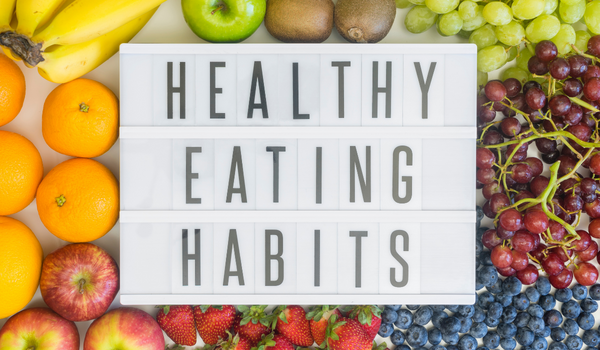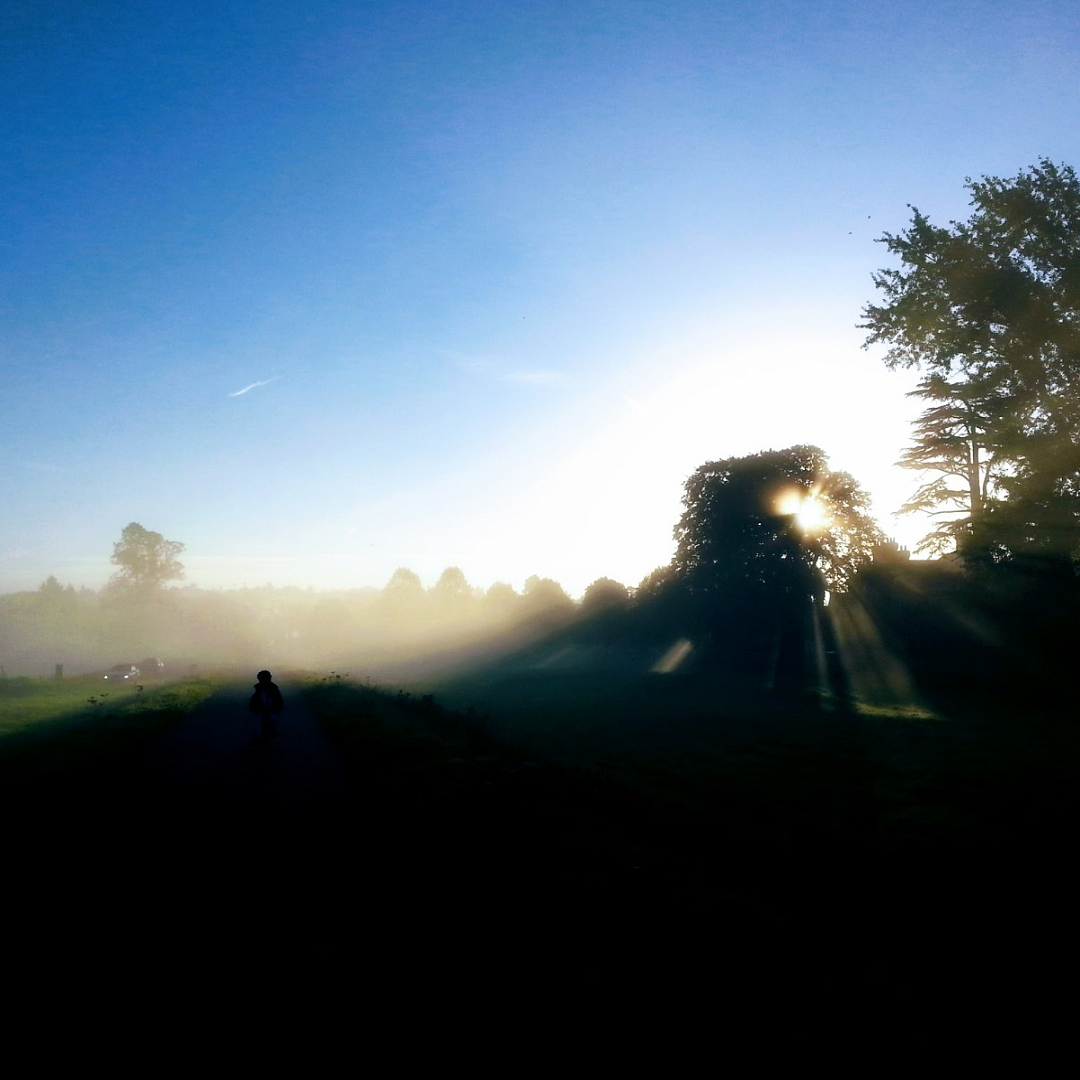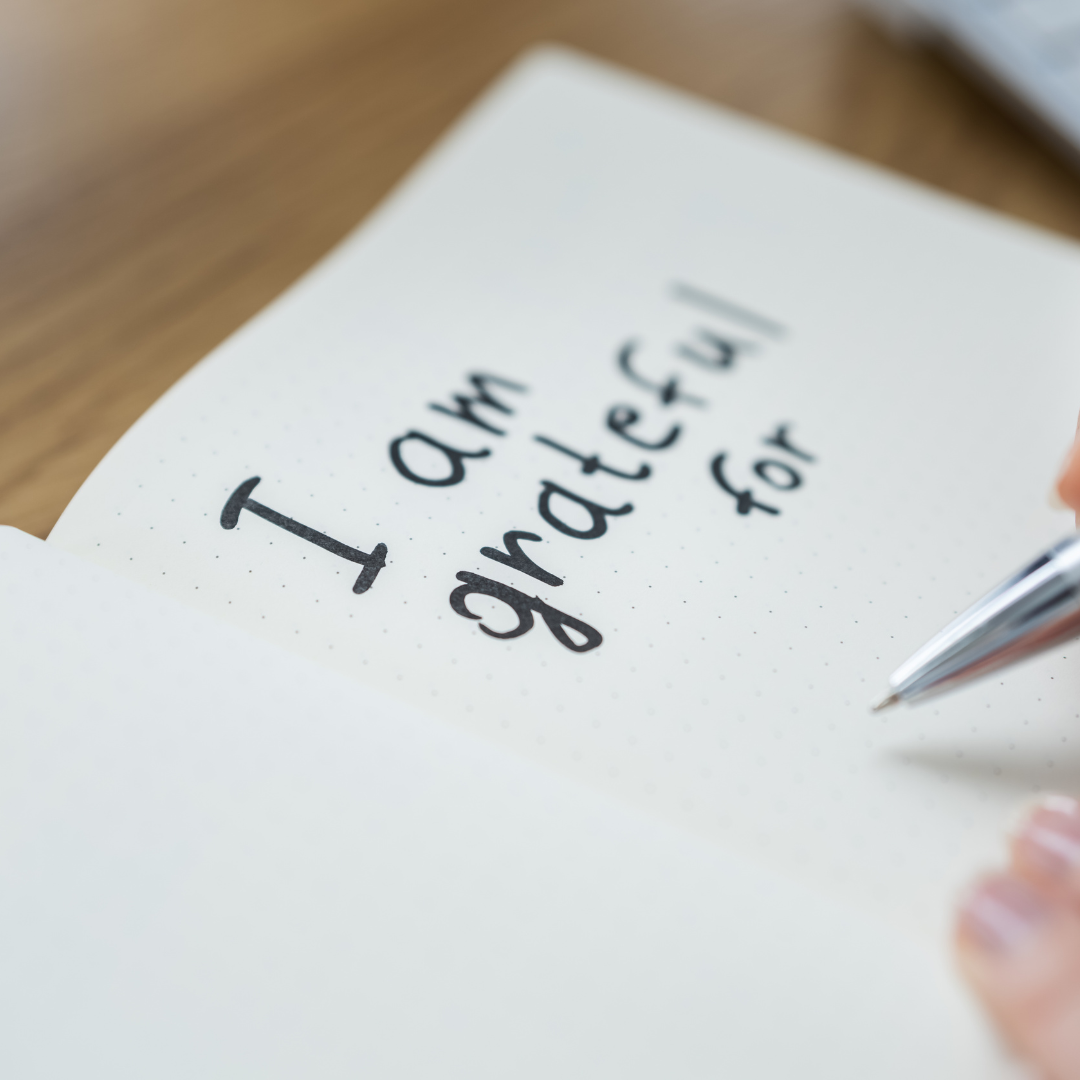WELLBEING AND HAPPINESS - DENMARK
Danish Mental Wellbeing - Learning from Hygge
My interest was first peaked in Denmark and the concept of Hygge when I read, A Year of Living Danishly by Helen Russell.
In the book Russell provides a lovely insight into how structured, even leisure time can be in Denmark. But rather than feeling too organised, it helped the residents keep active and also get through the long dark winters. She also introduced me to the concept of Hygge.
In it's essence hygge is a concept that emphasizes coziness, simplicity, and wellbeing. Hygge, a Danish term pronounced "hoo-gah," is more than just a word; it's a way of life that holds the key to mental health and happiness.
Particularly withy my ongoing interest and ways to maintain a positive state of wellbeing, then I thought a blog would in interesting - for myself as part of the learning process but also to those interested in the subject matter too.
Over the next months, I'll share some thoughts on other countries that also rate highly in the World Happiness Report.
As we approach winter and the short days, longer nights then if we can learn anything from a country that spends long periods in the dark then I believe it will be useful.
Understanding Hygge
Hygge is a concept deeply ingrained in Danish culture, often described as a feeling or atmosphere rather than a tangible thing. While it's challenging to translate Hygge into a single word, it encompasses elements of coziness, contentment, and the joy of simple pleasures. It's about creating a warm, welcoming environment and embracing life's little moments with appreciation. Surely, anything that embraces so many positive emotions and sense of warmth has to be good.
The Components of Hygge
To embrace the essence of Hygge, it's essential to understand it's is made up of.
- Coziness
Cozy blankets, soft lighting, and comfortable furniture all play a role in creating a sense of warmth and comfort.
- Candles
Lighting candles is a Hygge staple, and the soft glow they provide adds to the feeling of comfort and relaxation. In the UK that may be an open fire at home, in a pub or hotel.
- Comfort Food
Hearty, homemade meals and warm beverages are essential in the Hygge experience. Think soups, stews, hot chocolate, and freshly baked bread; think winter comfort food.
- Quality Time
Hygge thrives on spending time with loved ones, whether it's with family or friends. Conversations, board games, or simply being present in the moment all contribute to the concept. of feeling actively engaged or interacting as part of a community.
- Nature
Nature and the outdoors are important in Danish culture. Whether it's a hike, a walk in the park, or simply enjoying fresh air in your garden, connecting with nature is a Hygge practice. There are two elements here - firstly getting out side (some may call this ecotherapy) but also being active. Being active need not be strenuous.
The Benefits of Hygge for Mental Health
Hygge is not just about creating a cozy atmosphere; it offers numerous mental health benefits. Here are some compelling reasons why you should consider embracing Hygge in your life:
- Stress Reduction: The cozy and serene environment that Hygge promotes can be a sanctuary in a hectic world. It's a space where you can retreat, relax, and let go of the day's stressors.
- Mindfulness: Hygge encourages you to be present in the moment. Whether you're sipping a warm cup of tea or enjoying a meal with friends, it promotes mindfulness and gratitude for the simple pleasures in life.
- Strong Social Connections: Hygge places a strong emphasis on spending quality time with loved ones. Social connections are vital for mental well-being, and Hygge provides the perfect backdrop for nurturing those relationships.
- Increased Comfort: The physical comfort that Hygge promotes, such as cozy blankets and comfortable furnishings, contributes to an overall sense of well-being. Feeling physically comfortable can have a positive impact on your mental state.
- Reduction of Materialism: Hygge encourages a focus on experiences rather than material possessions. This shift in perspective can reduce the anxiety and stress often associated with consumerism.
- Gratitude and Positivity: Practicing Hygge encourages an attitude of gratitude for the small pleasures in life. This leads to a more positive outlook and an increased sense of happiness.
- Resilience: Embracing the Hygge lifestyle can provide a sense of resilience, helping you better cope with life's challenges and uncertainties. It fosters an attitude of "we're all in this together," which is particularly important during difficult times.
Incorporating Hygge into Your Life
Obviously, you don't have to be Danish to embrace the Hygge way of life. In fact, the beauty of Hygge lies in its simplicity and accessibility. Here are some practical ways to incorporate Hygge into your daily routine:
- Create a Cozy Space: Arrange your living space with comfort in mind. Use soft blankets, comfortable furniture, and warm lighting to make your environment inviting.
- Light Candles: Lighting candles can instantly create a warm and serene atmosphere. Choose unscented or lightly scented candles for an authentic Hygge experience.
- Savor Comfort Food: Prepare or enjoy comforting dishes like soup, baked goods, and hot beverages. Share these with friends or family to enhance the experience.
- Disconnect: Put away your devices and be present in the moment. Engage in meaningful conversations or activities without distractions.
- Spend Time Outdoors: Connect with nature by taking walks, picnicking, or simply enjoying the fresh air.
Practice Gratitude: Take a moment each day to reflect on the things you're grateful for. Write them down or share them with a friend.
In conclusion, Hygge is a beautiful Danish tradition that can significantly enhance your mental wellbeing. By embracing the principles of coziness, simplicity, and togetherness, you can reduce stress, increase mindfulness, and cultivate a more positive and grateful outlook on life.
So, why not add a touch of Hygge to your daily routine and start reaping the mental health benefits it has to offer?
What strikes me, is that seemingly Hygge has been 'a thing' well before the modern term of wellbeing was created. Wellbeing is perhaps a western term that has been created to help us in our modern, busy lives. In actual fact, communities (or cultures) have long understood ways to help maintain a positive wellbeing - but just under a different name.


